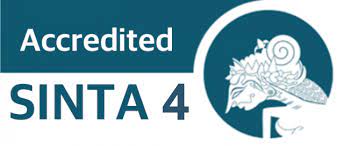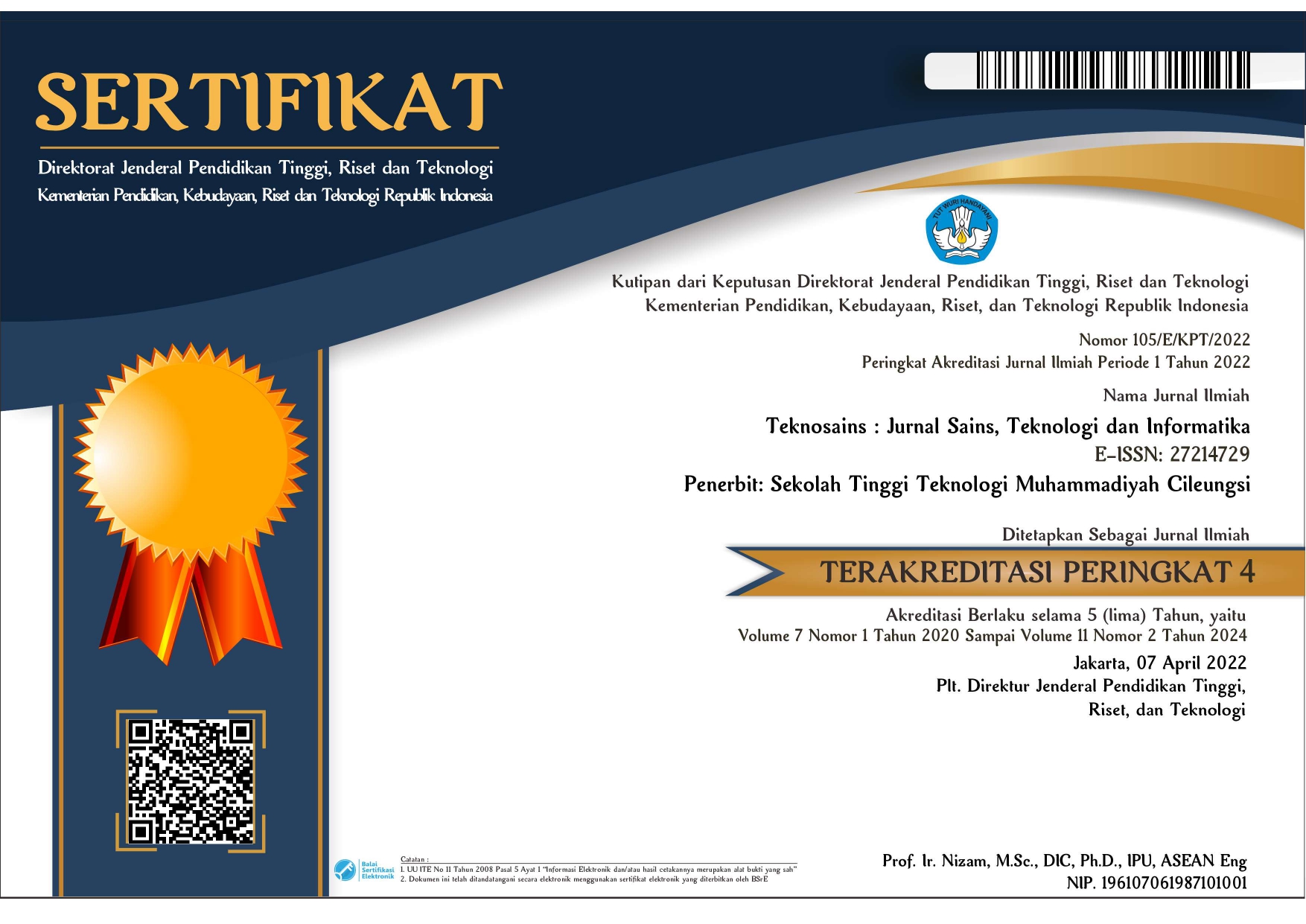Product quality control by implementing statistical process control in qobidh cassava chip MSMEs in Tebing Tinggi City
Abstract
Globalization has become the main driver for the wave of information and technological innovation, stimulating the transformation of consumers to become more sensitive to quality standards and the value of the products offered. This research aims not only to explore how quality control utilizes sophisticated statistical tools in curbing the level of product defects in the corporate environment, but also as an important milestone in understanding the dynamics of change in an increasingly connected era of globalization. This research uses the Statistical Process Chart method. In an effort to control quality, statistical analysis becomes the main weapon, with check sheets and histograms acting as navigation that leads to understanding complex data. The control chart p becomes a sentinel that monitors the traces of defective products, keeping them within the desired statistical control limits. However, it is not enough to simply observe; The next step is to explore the root of the problem, which is depicted through a cause-and-effect diagram that details the factors of materials, labor, machines and production methods as the main determinants of the success or failure of a product. The analysis results show that even within control limits, real challenges arise from factors that are the main triggers for product damage, such as remaining pieces which cause damage of 29,160 grams, followed by damage due to crushing of 2,900 grams. From here, conclusions and recommendations develop, guiding improvement steps to ensure quality standards are maintained, in line with increasingly stringent and diverse global market demands
Copyright (c) 2025 Wahyudin

This work is licensed under a Creative Commons Attribution-NonCommercial 4.0 International License.









